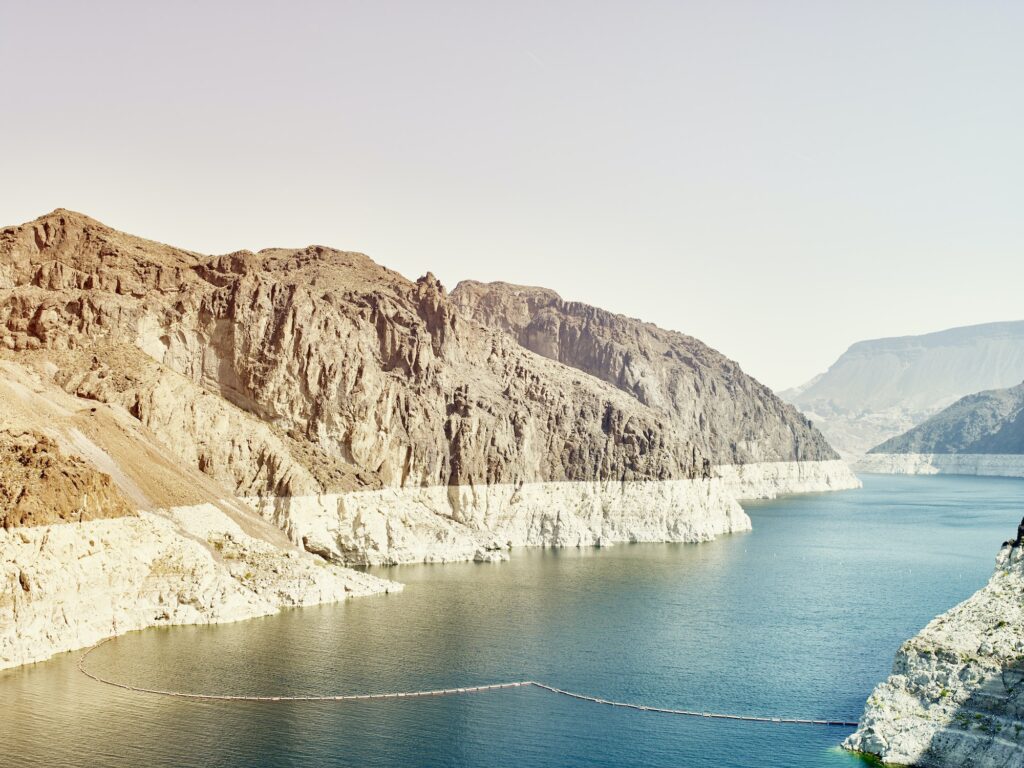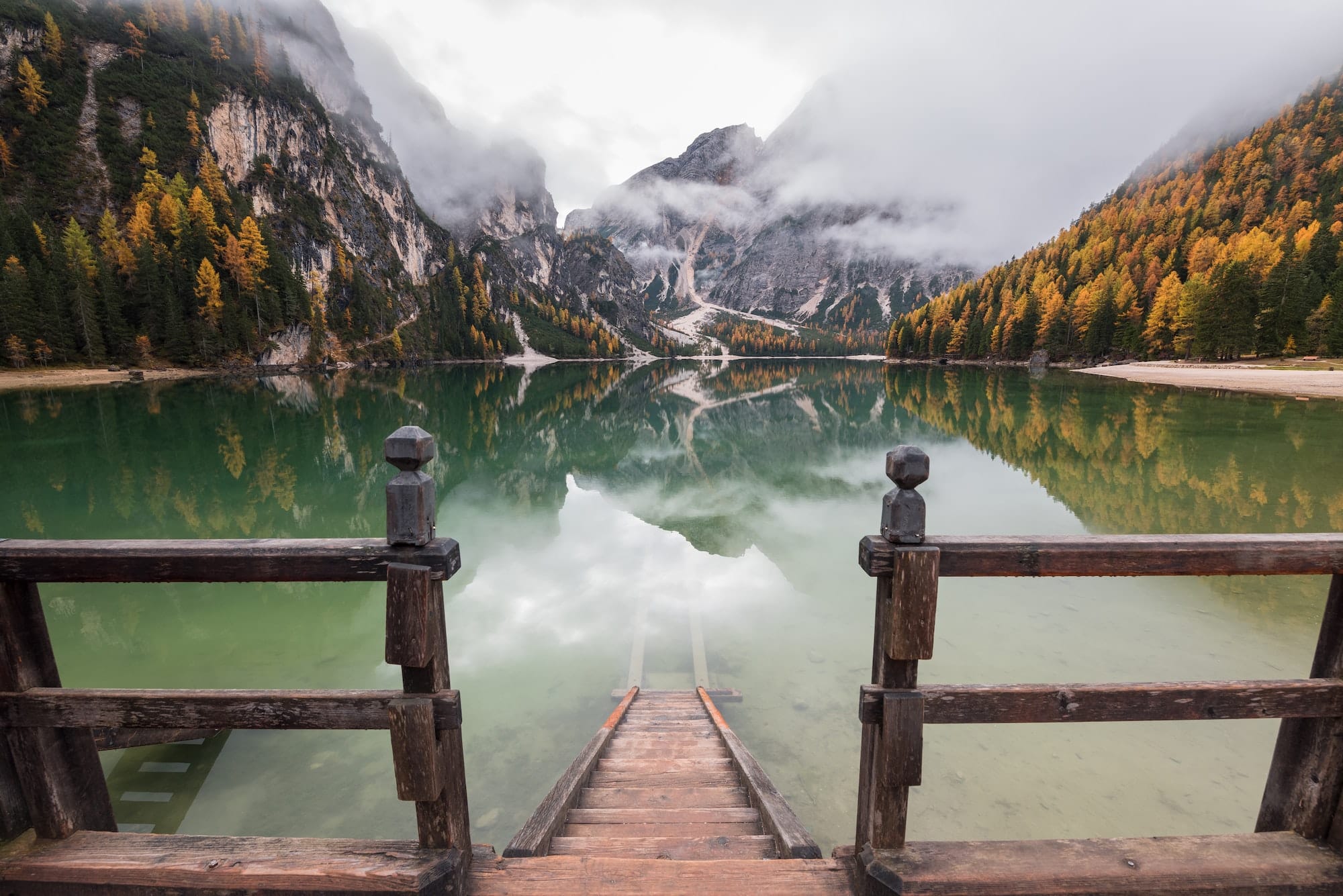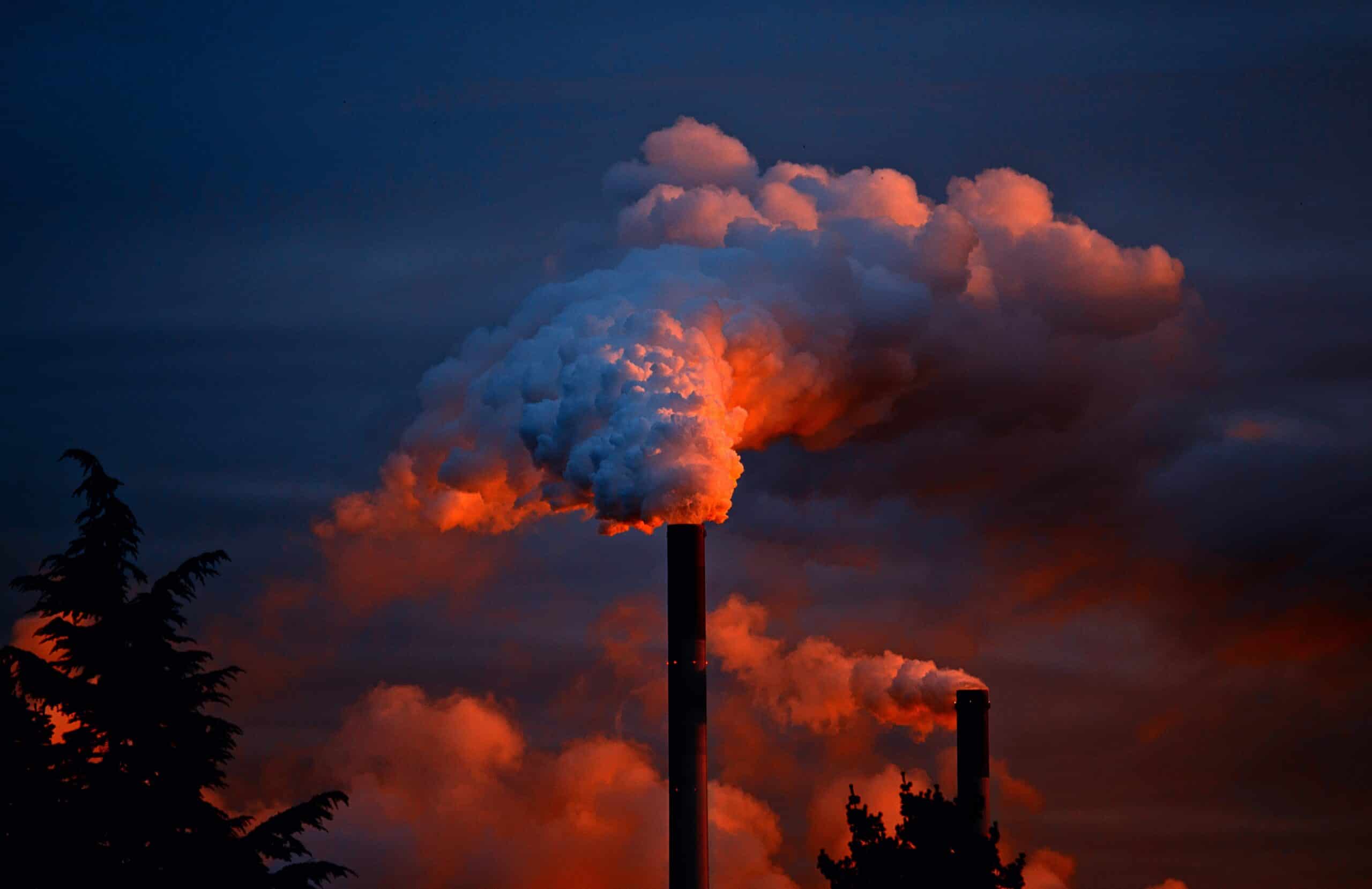
As of 2023, The Colorado River has gone down so rapidly in the last few years, that it’s hard to say if we’ll ever see it refill in this lifetime. The Colorado River supports many avenues of life, and those too will continue to decrease as we press on, but what do those changes look like?
The Colorado River Crisis has recently been all over the news. With many people groups and biodiversity at risk, a change must be made to stop the river from receding. Of course, that is everyone’s first thought, “What can we do?” However, the time to make a change has passed, and we are left with the aftermath of our lack of action. Though the Colorado River Crisis is actively getting worse, the predictions of this fate were given years ago, and actions to put an end to the river’s decline were also put in place, but actions were never put through.
What We Already Knew About the Colorado River Crisis
In the 1920’s, a hydrologist by the name E. C. LaRue analyzed the Colorado River Basin, and found that the river would not be reliable in meeting future water needs. Of course, no one listened to LaRue, and 100 years later, the world was shocked by the decline in the Colorado River. By the 2020’s, the river was down by 20%, and Lake Powell and Lake Mead are expected to be only 29% full by 2023. Though water loss is linked to the effects of climate change, the groups of people that will be affected by this loss, and already are starting to be affected, should be the top priority in saving the river, and preventing any more loss. 40 million North Americans in the United States and Mexico depend on this river system.
Though there have been allocation agreements put in place for years, going through with those plans has proven to be the issue. Losing this much water at this rate affects many families and farms that rely on the Colorado River Basin for water and crops. As humans, we are no longer able to rely on the way that rivers used to flow, but must adapt, which we have been doing for millions of years. In the last 5 years, runoff water (snow and ice that melts into the river) has been down, contributing to the water issues already presented. Now, officials have known about the risks with the colorado river since the 1920s, and through the years there have been attempts, but no solid plan to follow through, but as the crisis continues, perhaps the situation will be dealt with.
The Need for Change
In accordance with the drought the Colorado River has been experiencing in the last 20 years, the government asked for a plan to reduce water use from the Colorado River basin, from the seven states where the river provides drinking water. These states include Colorado, New Mexico, Wyoming, California, Utah, Nevada, and Arizona. Because the drought has affected the river so much, those who use its supply were asked to lessen their intake, and all states except California were on board for the change.
By January 31st of 2023, the goal to reduce water usage from the Colorado River was not met. What does this mean for those involved? Since California was not on board with the proposed changes, The Chair of the Colorado River Board of California must work to find another solution in order to reduce water usage. Since California was one of the only seven states that did not submit paperwork outlining exactly how they would be reducing their water usage, the state must now decide in what ways they can reduce their river water intake moving forward. The states must also work together, to achieve their goals.
Animal Welfare is Also at Risk
As we have discussed, the river basin provides to 40 million people in seven states, but the implications of the failing river basin will also affect wildlife. There are over 400 bird species that reside and migrate through the Colorado River, and as the river goes lower, these lives are put at risk. The river also supports 16 million jobs, according to nature.org, and those jobs and those holding them will also be affected as the river crisis grows. The river reaches around 5 million acres of farmland, which needs water to thrive and will not adequately meet its agricultural goals.
What Can be Prepared for the Future of the Colorado River?
There are many suggestions from the government and the media on how the seven states affected by the Colorado River Basin drought and beyond can help preserve the water, and help fight climate change that is in turn affecting the river changes. Though we have had a little over 100 years to prepare for a crisis such as this, thanks to LaRue, starting now might not even save the river enough to be what it once was. We may never see the river the way that it was 20 years ago, again in our lifetimes.
Teamwork and issue awareness are the best-case scenarios to tackle this drought, and as we come together as a people group to tackle climate change as a whole, we will see subtle changes in the world around us.








